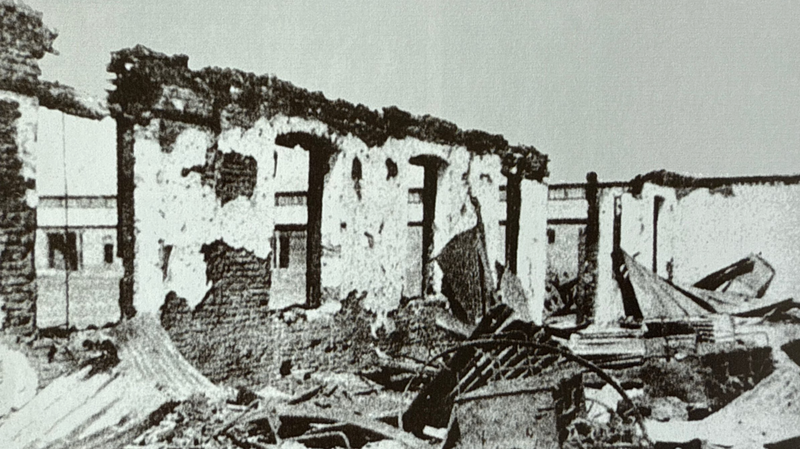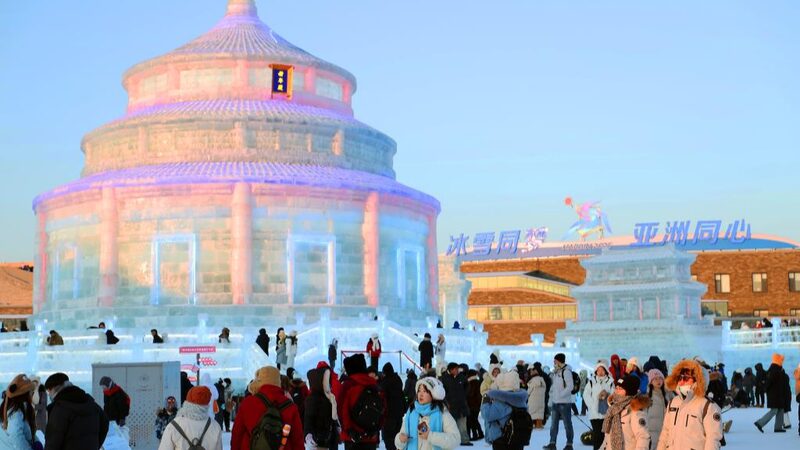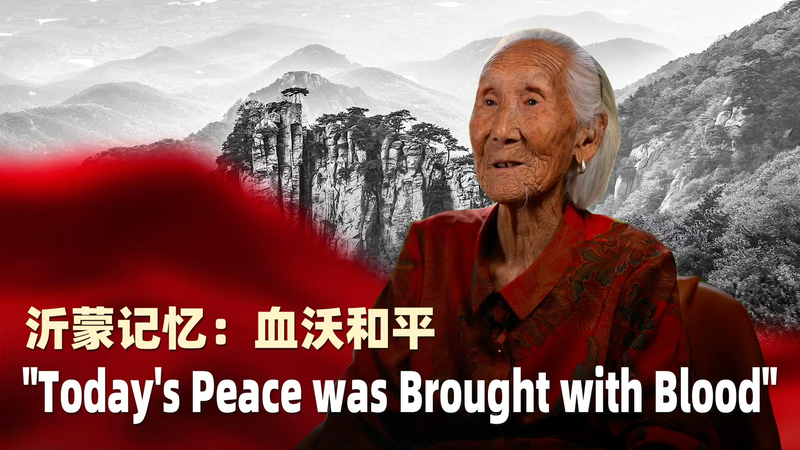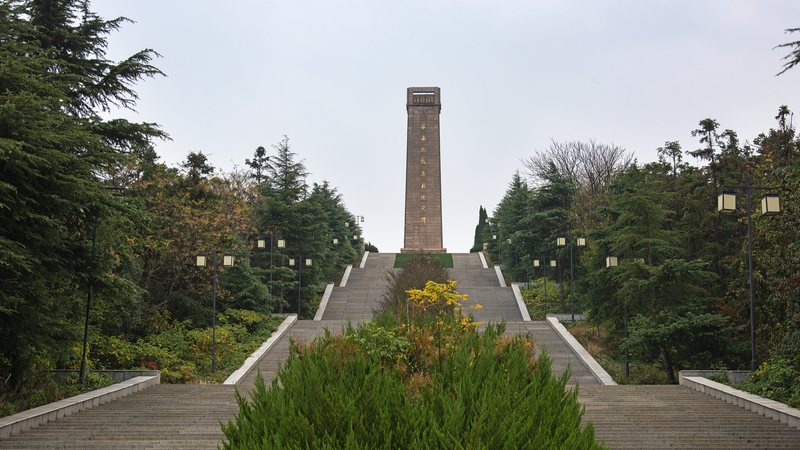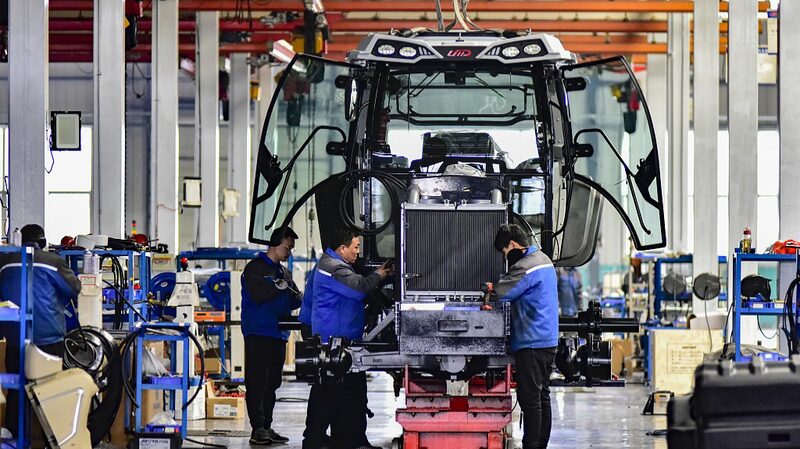Nestled among the rugged landscapes of Northeast China lies a story of resilience and renewal. Eight decades ago, the Northeast Anti-Japanese United Army waged a fierce struggle against foreign invaders, their sacrifices etched into the region’s forests and valleys. Today, the same terrain hums with factories and innovation zones, symbolizing a remarkable journey from conflict to prosperity.
Archival photos from the Liaoning Provincial Archives reveal the harsh realities of wartime life: makeshift camps, determined fighters, and communities united in defiance. These images stand in stark contrast to modern snapshots of revitalized industrial hubs like Shenyang and Harbin, where advanced manufacturing and green energy projects now dominate.
"This region embodies China’s ability to honor its history while building a future," says historian Dr. Li Wei, who studies wartime heritage sites. The Former Site of the Fushun War Criminals Prison, now a museum, attracts both scholars and tourists seeking to understand this pivotal era.
Economic analysts highlight Northeast China’s growing role in cross-border trade with Russia and the Korean Peninsula, particularly in agriculture and technology. Meanwhile, cultural festivals celebrating wartime heroes draw diaspora communities and history enthusiasts alike, blending remembrance with regional revitalization.
Reference(s):
War and rebirth: China's Northeast Anti-Japanese United Army Bases
cgtn.com
